(Bordeaux 1894 - 1968)
The ships of the explorers of America
Pair of canvases
H. 110 cm; W. 99 cm
Around 1930
Jean-André Caverne, from a Bordeaux family, began his training at the heart of the Bordeaux School of Fine Arts, where he later became a professor of decorative composition and antique drawing. He will also be the creator of the applied art course at the technical college for boys in the city. Caverne is part of this group of painters who will be the glory of Bordeaux Art Deco, ten years later than its elders François-Maurice Roganeau, Jean Dupas, Camille de Buzon, Jean Despujols, Albert Bégaud. They all produce numerous frescoes in the city and in the department, following official orders. We find André Caverne in the magnificent rooms of the Bourse du Travail, the party hall of the Chamber of Commerce, the Saint Joseph church, the Rex and Luxor cinemas, and towns such as Saint Émilion, Le Teich, Saint Médard en Jalles or Libourne.
These state commissions will obviously not be alone since following the painter's participation in the Salon des Artistes Français and the Salon des Artistes décorateurs, André Caverne will have a certain reputation among the mainly Bordeaux public. It is certainly in this private setting that the painter produced around 1930, during his young artistic years, our pair of historiated paintings.
These marines should even be considered as portraits of ships in the manner of portraits of ancestors. Perhaps an order from a sailor or a shipowner wishing to decorate his home with consistency with respect to his profession? Children's rooms with maritime history lessons? Unfortunately the archives are silent on this subject and the painter's family has not been found. These compositions are full of life, and their design reminds us of those children's books from the interwar period where many elements complete the main subject, giving a very special atmosphere.
A canvas represents the famous Jacques Cartier boat which carried it to Canada during the first half of the 16th century. He is pictured approaching the coasts of the North American continent, surrounded by seagulls and puffins. The second canvas also represents the discovery of America, but this time in the south, with the Santa Maria, the ship that will guide Christopher Columbus to this historic event of 1492.


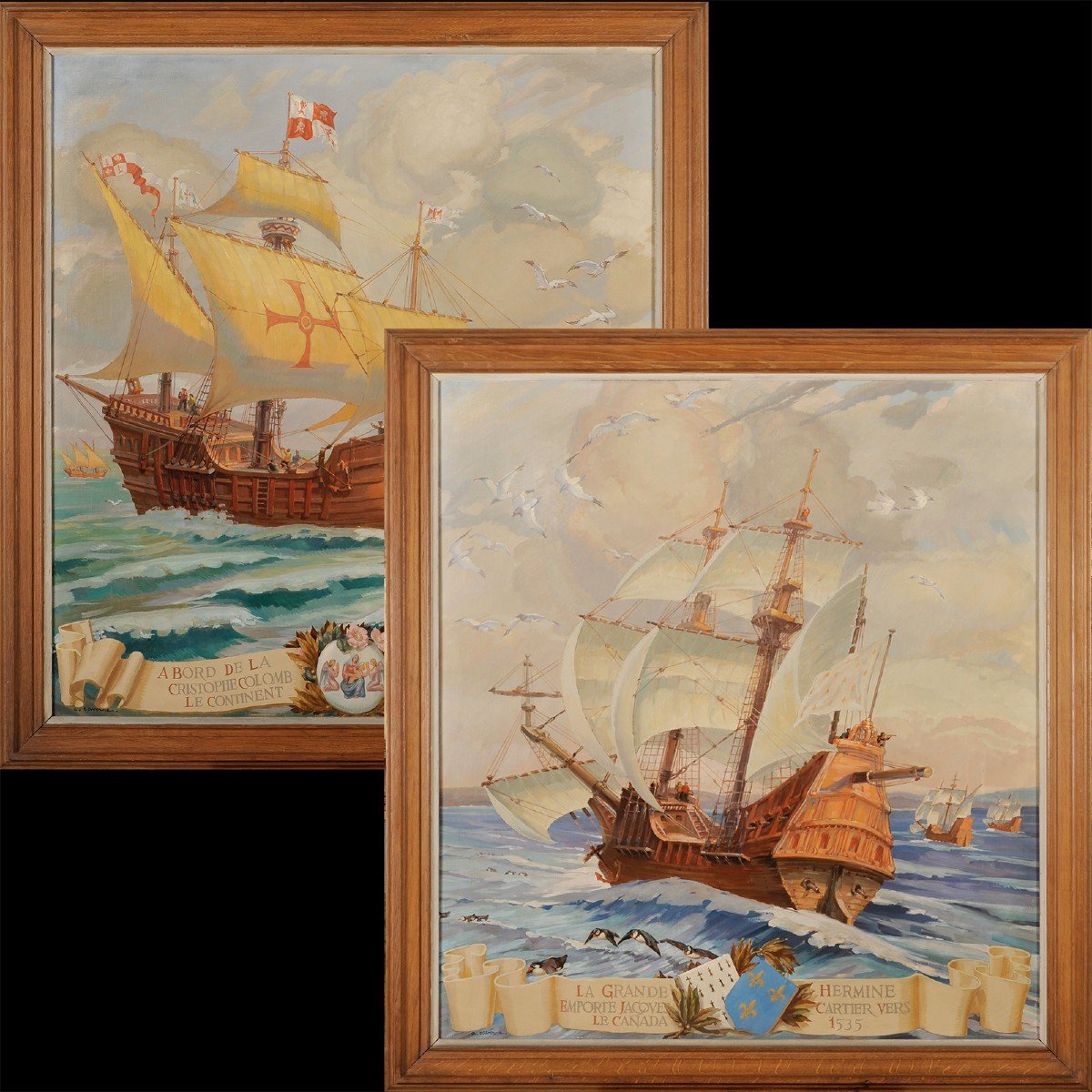
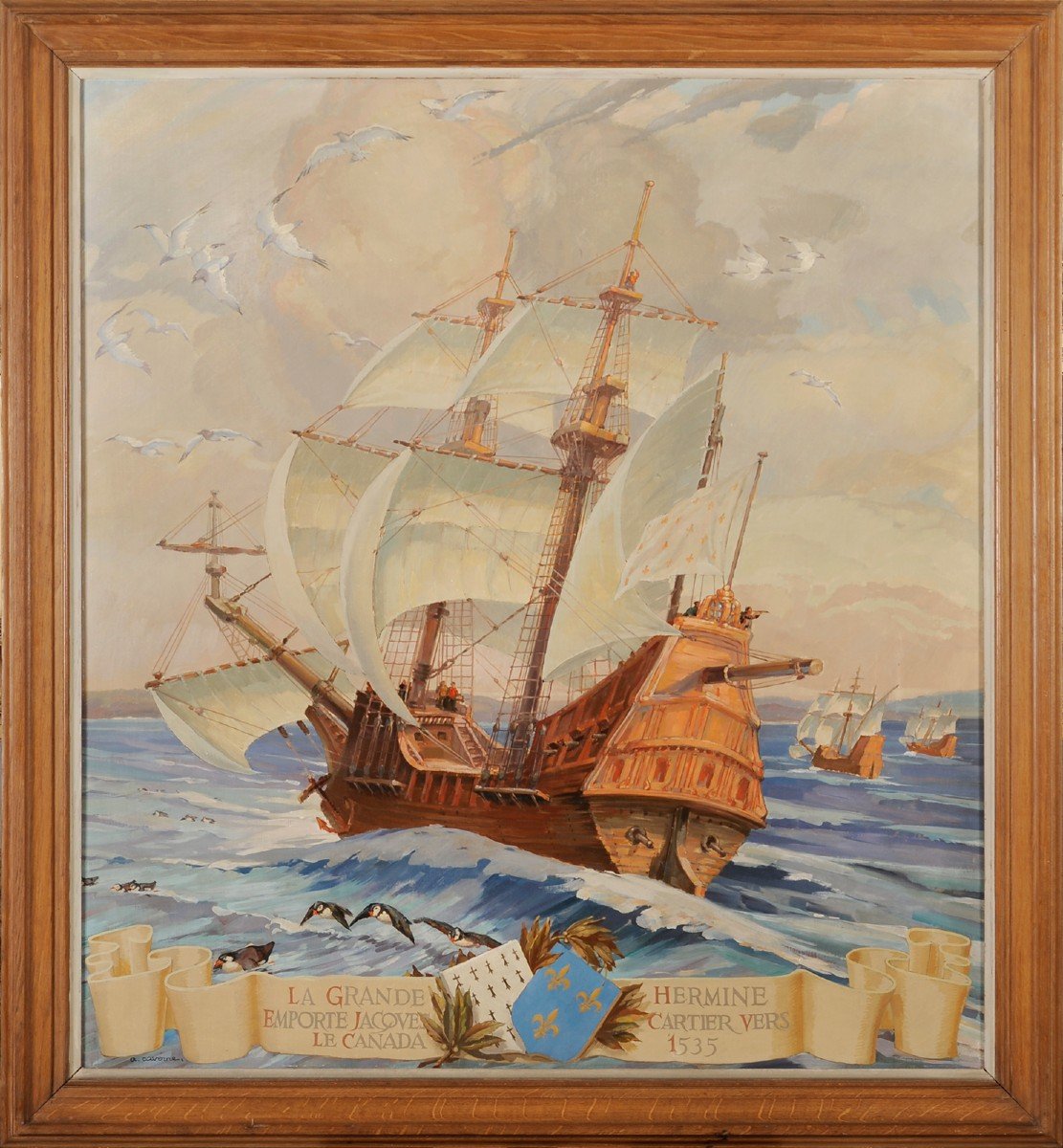
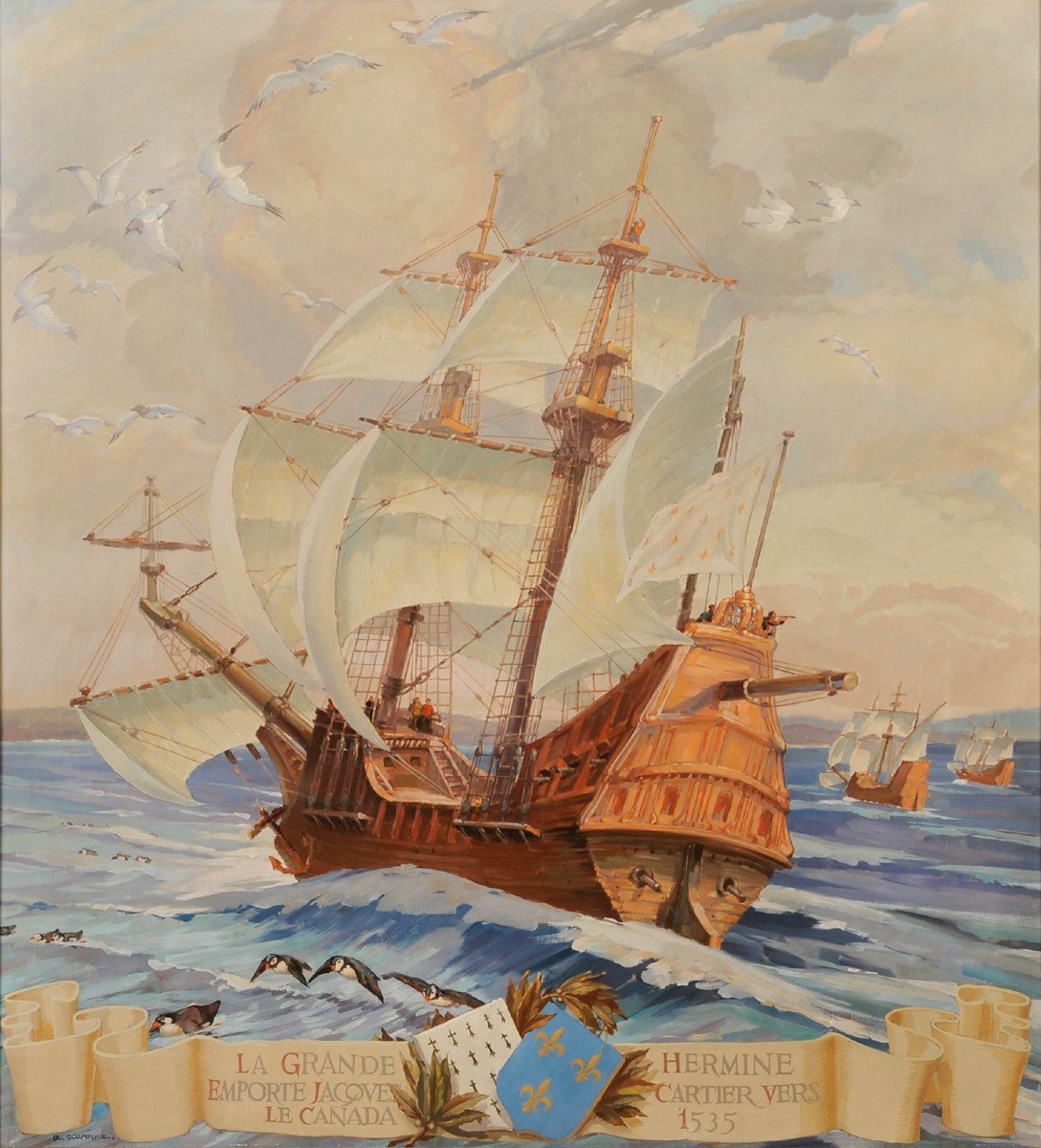
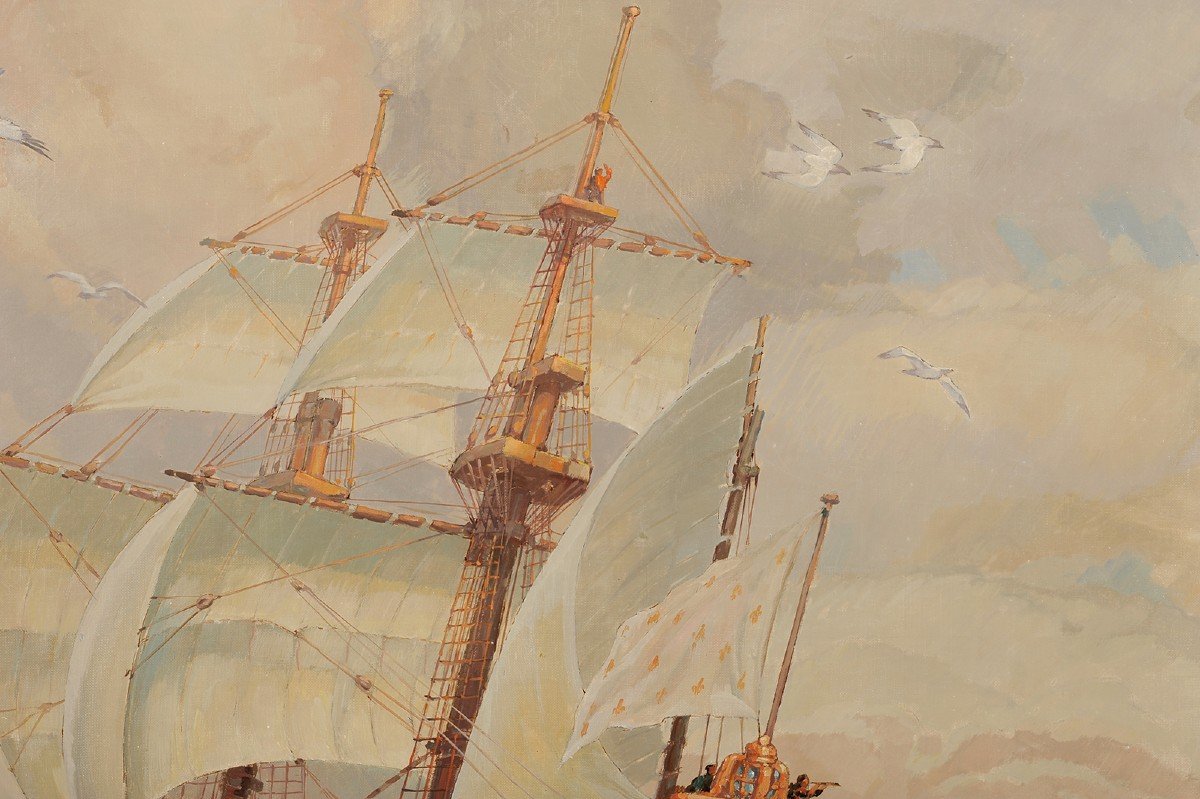

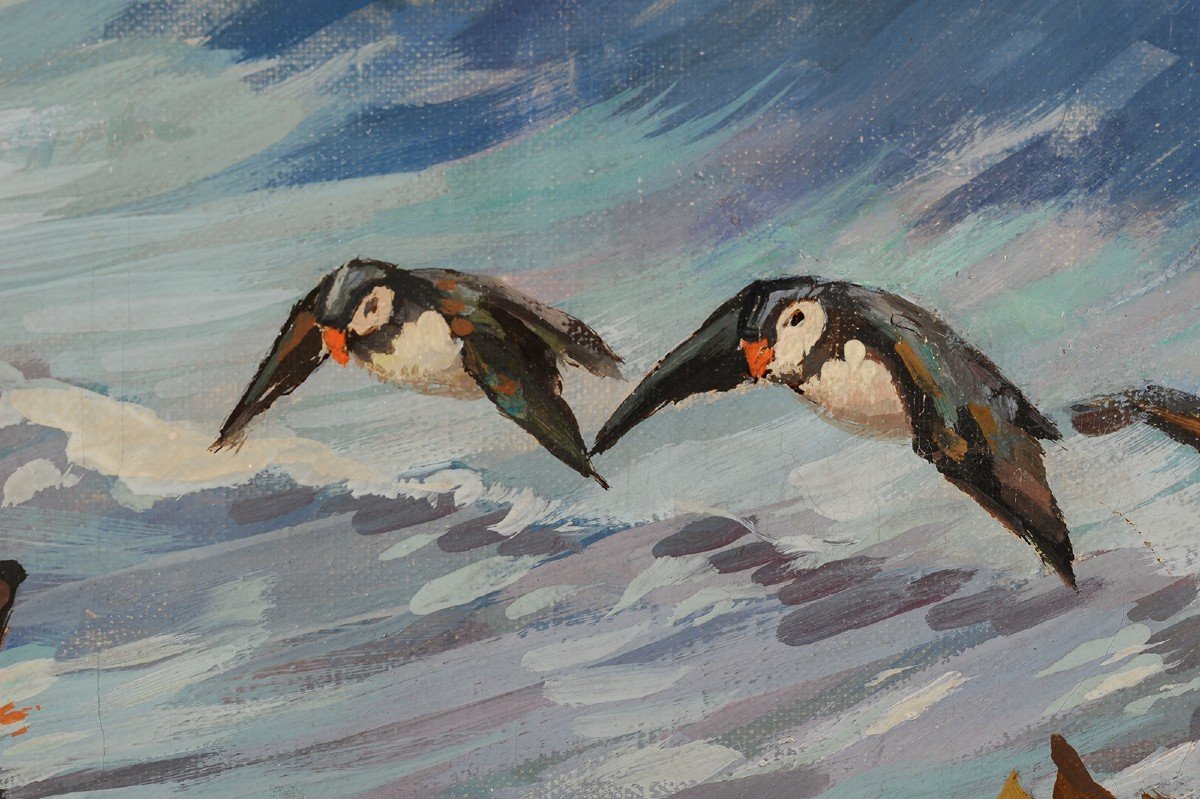
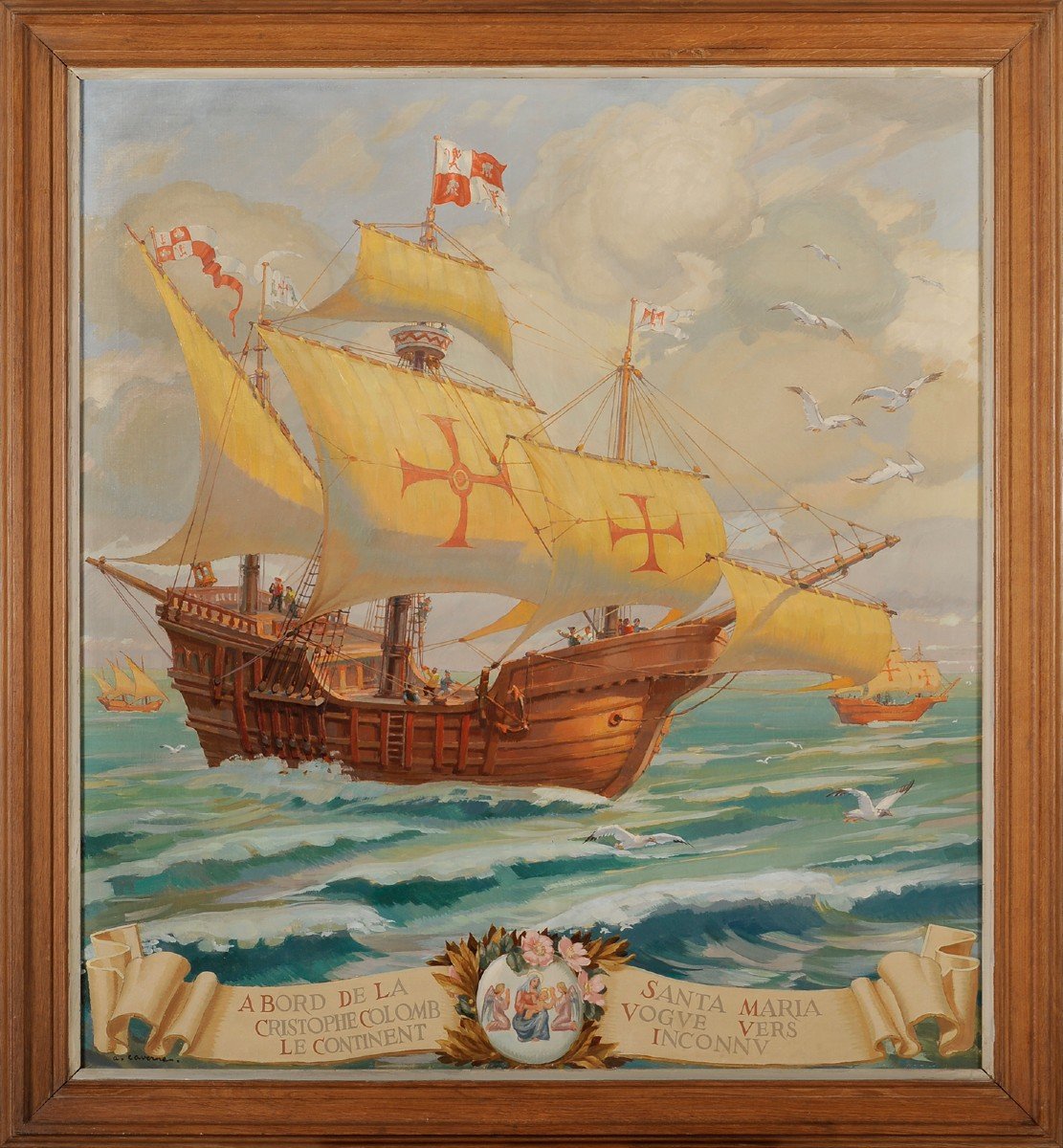














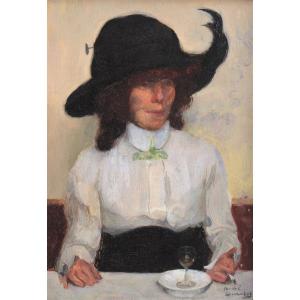
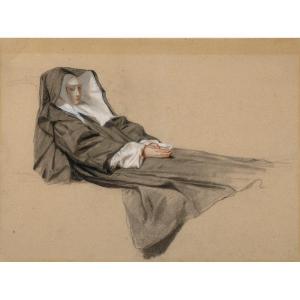





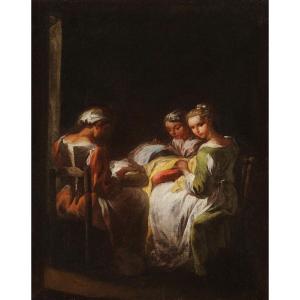

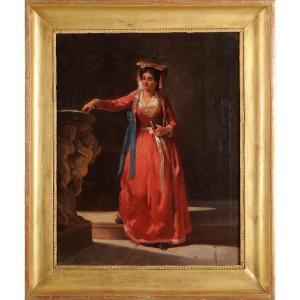
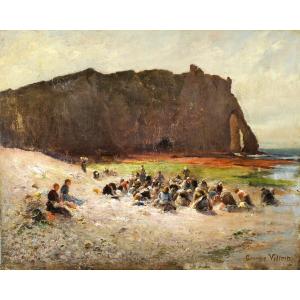






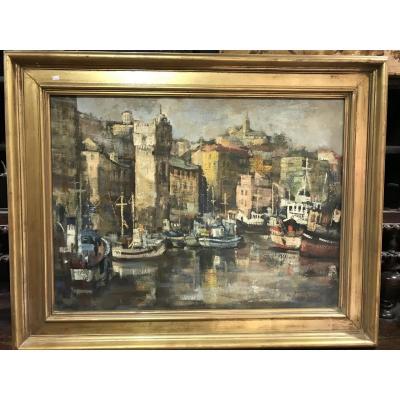




 Le Magazine de PROANTIC
Le Magazine de PROANTIC TRÉSORS Magazine
TRÉSORS Magazine Rivista Artiquariato
Rivista Artiquariato